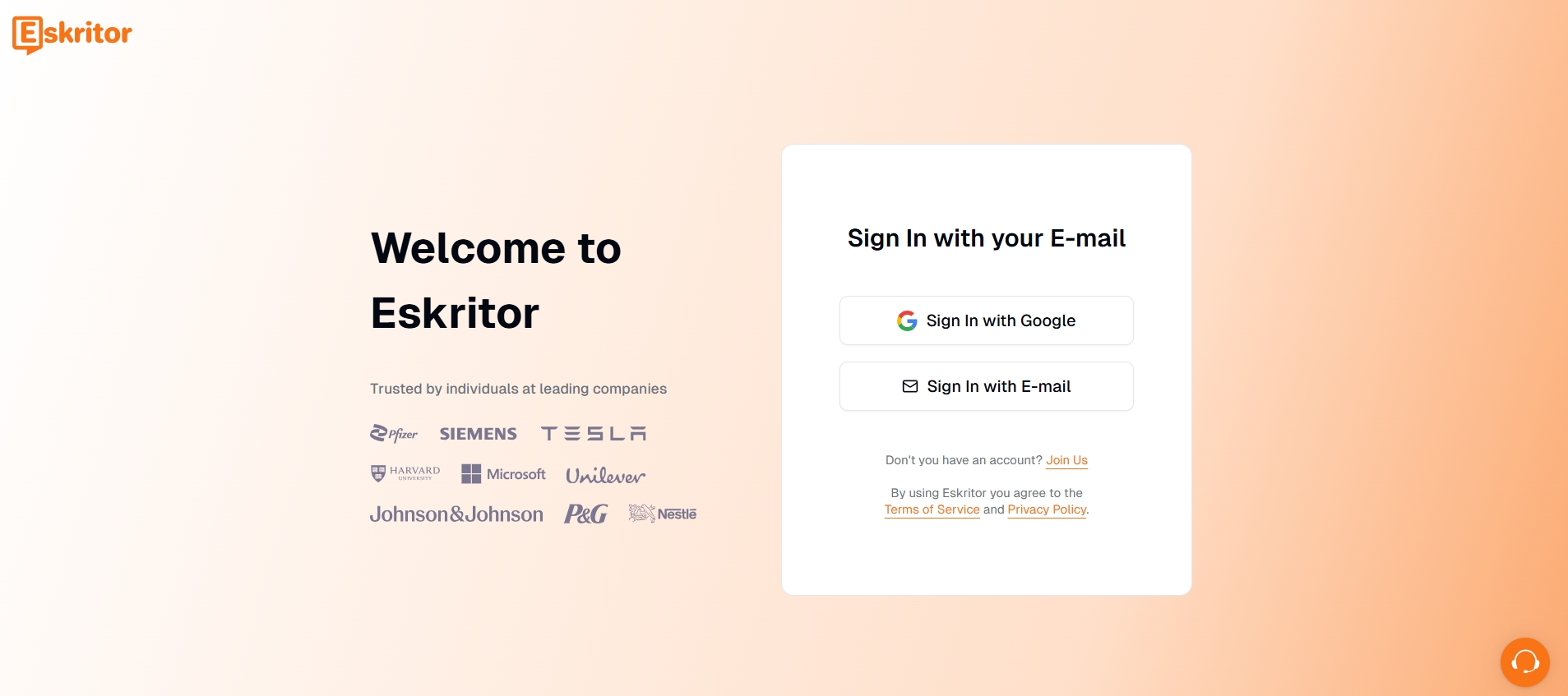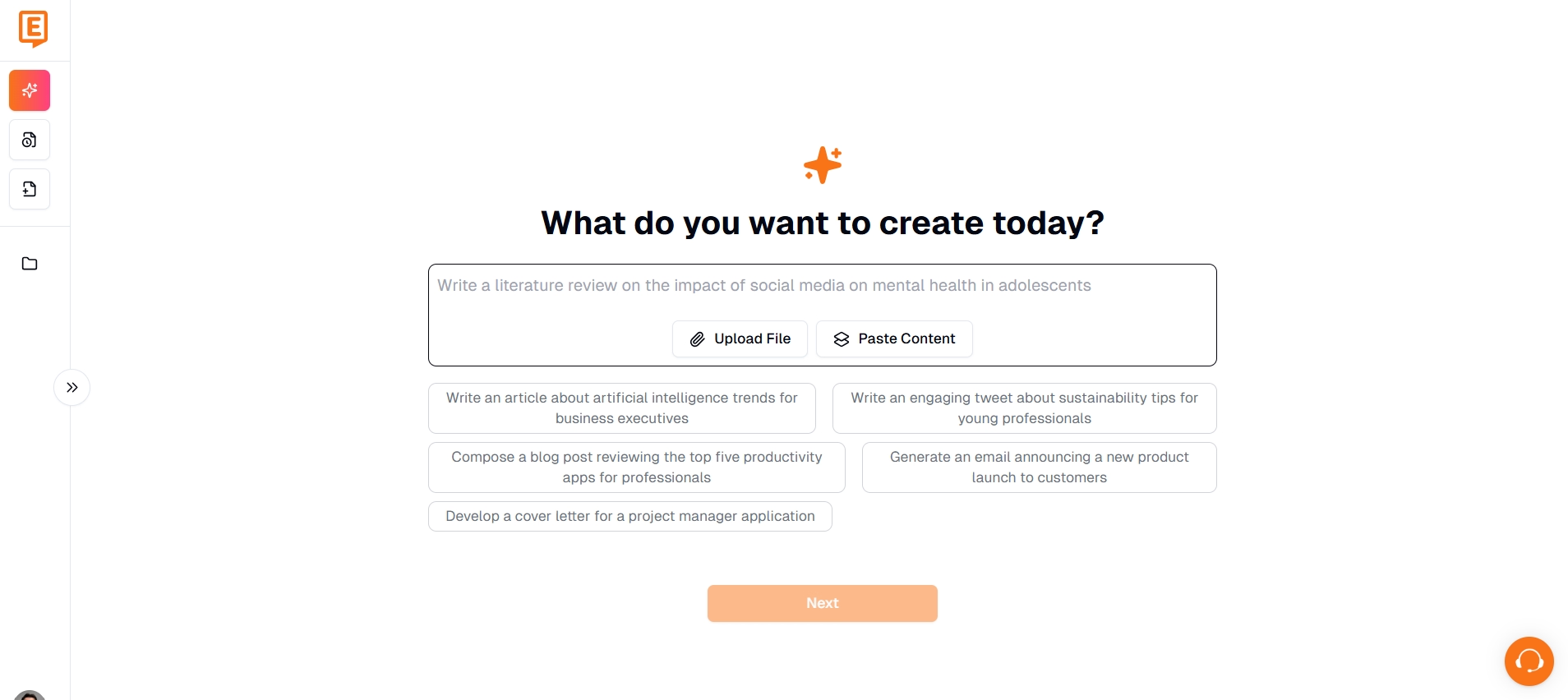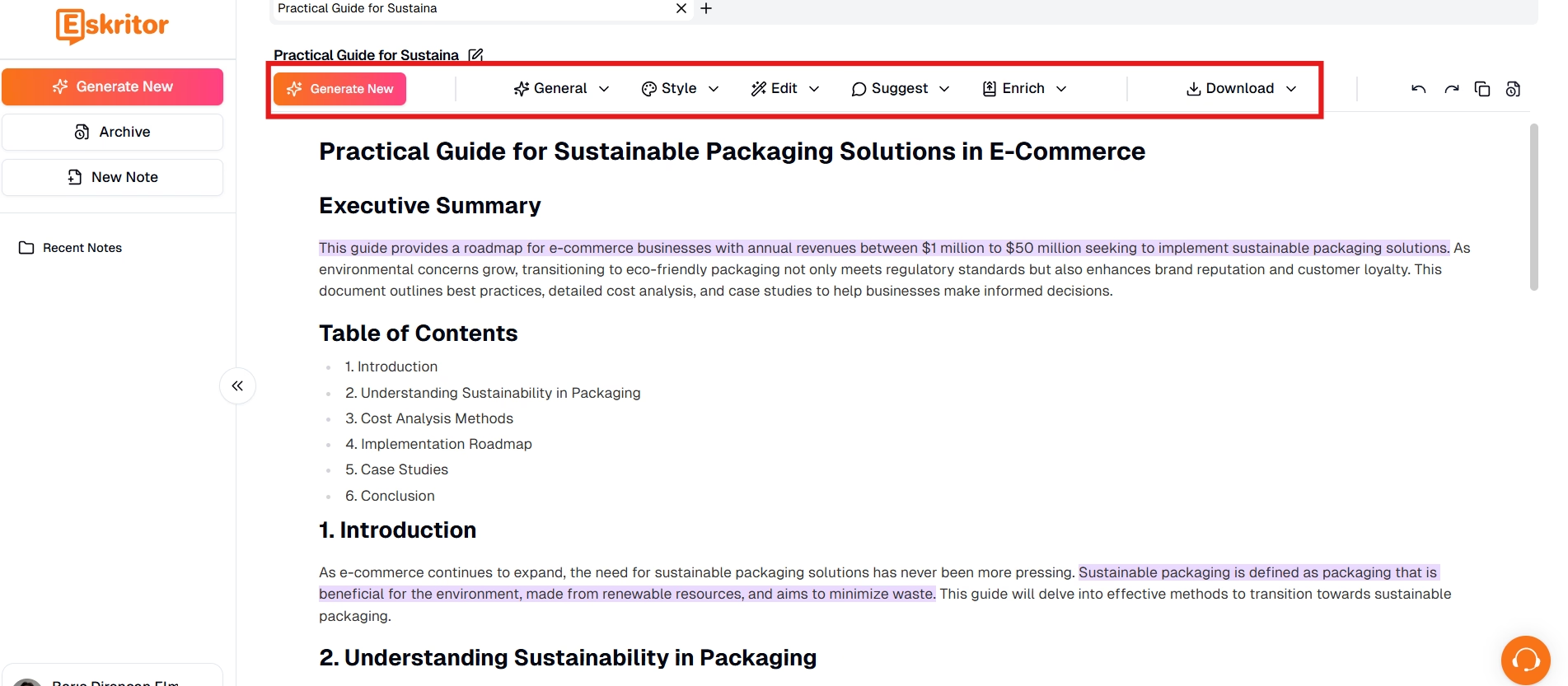In this guide, we will look at the best dictation software. These tools are changing how businesses use voice-to-text software. They help with meeting notes and creating content. As organizations use speech recognition software more, choosing the right audio transcription tools is important for productivity and efficiency. Additionally, business proposal templates and business proposal writing tips play a crucial role in securing contracts and winning clients.
In this comprehensive guide, you'll learn:
- How to structure winning business proposals from start to finish
- Essential elements that increase proposal success rates and conversion
- Professional proposal format techniques that stand out
- Modern tools to streamline your proposal process and improve efficiency
Understanding the Anatomy of Winning Business Proposals
Creating winning proposals isn't just luck. It's about knowing and using proven elements that appeal to potential clients. A winning proposal uses smart thinking, clear communication, and a professional format. This helps create a strong case for your solution. The best proposals have common traits. These traits help make them more effective in many industries and situations.
The psychology behind successful proposals lies in their ability to address both logical and emotional decision-making factors. Decision-makers need to see clear, quantifiable benefits while also feeling confident in their choice. This dual approach—addressing both rational and emotional aspects—significantly increases the likelihood of proposal acceptance.
Key Elements Every Professional Proposal Must Include
Every successful business proposal has five key elements. These elements work together to show clients your value. A professional proposal format ensures clarity, credibility, and impact.
Essential business proposal sections:
- Executive Summary: Capture attention with clear benefits and outcomes, focusing on client-specific value propositions and demonstrable results
- Problem Statement: Show a deep understanding of client challenges, incorporating industry insights and specific pain points identified through research
- Solution Presentation: Detail your approach and expected results with clear milestones and measurable outcomes
- Pricing and Terms: Present transparent cost structure with clear value justification
- Call to Action: Outline clear next steps with specific timelines and responsibilities
Each component must be crafted with careful attention to detail and client specificity. The executive summary should be a strong overview. It must address the client's main concerns and show your unique value. Industry data shows that proposals with well-crafted executive summaries are 40% more likely to be read in full.
Common Proposal Writing Mistakes to Avoid
Many proposals fail not because of poor solutions but due to preventable mistakes in their presentation and content. Generic content is a big problem. Using the same proposal templates for business shows a lack of effort. It suggests that you do not understand the client's unique needs. Research indicates that 72% of decision-makers reject proposals that appear to be generic templates.
The most critical mistakes to watch for:
- Generic content without proper customization: Each proposal should be tailored to address specific client needs and circumstances
- Inconsistent formatting and presentation: Professional appearance matters—39% of proposals are rejected due to poor formatting
- Missing or incomplete essential sections: Every required element must be present and fully developed
- Unclear value propositions: Benefits must be specific, measurable, and directly relevant to the client
Step-by-Step Guide to Writing Professional Business Proposals
A systematic approach to proposal creation ensures consistency while allowing for necessary customization. This methodical process helps maintain quality standards while improving efficiency. The key to consistent success lies in following a proven process that can be replicated and refined over time. Industry leaders who maintain proposal win rates above 60% consistently cite their systematic approach as a critical success factor.

Research and Preparation Phase
Before writing a single word, invest time in thorough research and preparation. Understanding your client's industry, specific challenges, and business objectives provides the foundation for a compelling proposal. Research shows that proposals backed by comprehensive research are 2.5 times more likely to be accepted.
Focus your research on:
- Client background and industry position: Study annual reports, press releases, and social media presence
- Specific pain points and requirements: Analyze RFPs, previous communications, and industry challenges
- Competitive landscape analysis: Understand your client's competitors and market position
- Success metrics and expectations: Identify KPIs and industry benchmarks
Structuring Your Proposal Content
Effective proposal structure guides readers through a logical progression toward your solution. Begin with an attention-grabbing executive summary that previews your key value propositions. The structure should follow a clear, logical flow that builds your case progressively.
Key structural elements include:
- Executive summary with clear value proposition and key benefits
- Detailed problem analysis showcasing industry expertise
- Comprehensive solution presentation with implementation details
- Supporting evidence including case studies and testimonials
- Clear next steps and timeline for engagement
Case studies show that well-structured proposals are 50% more likely to result in a positive decision. Pay particular attention to the flow between sections, ensuring each naturally leads to the next while building your case.
Learn the Easiest Way to Write Business Proposal: Step-by-Step
Eskritor is an advanced AI-powered writing tool that streamlines proposal creation and business communication.

1. Create an Account or Log In
- If you’re a new user, sign up on Eskritor’s website and create an account.
- Existing users can log in with their credentials.

2. Input Your Writing Requirements
- Provide a brief description of your project, including:
- Industry and Proposal Type
- Target Audience and Tone
- Key Sections to Include
<video1>
3. Generate the Content
- Click the Generate button to let Eskritor create a tailored business proposal draft based on your input.

4. Review and Edit the Generated Content
- Use Eskritor’s built-in editor to fine-tune the proposal. You can:
- Refine Language and Tone
- Adjust Formatting and Structure
- Add Custom Data and Figures
5. Download or Share Your Proposal
- Once satisfied, download the proposal in your preferred format (PDF, Word) or share it directly with your team or clients.
Solutions for Efficient Proposal Creation
Modern AI-powered writing tools have transformed the proposal creation process. These solutions can significantly reduce the time required while maintaining or improving quality. According to recent studies, businesses using AI-powered proposal tools report a 60% reduction in proposal creation time.
Eskritor stands out with its comprehensive approach to proposal creation:
- Report Generator: Create tailored, professional proposals with AI assistance
- Format Files: Maintain consistent, polished presentation across all documents
- Shape Content: Utilize custom prompts for perfect tone and messaging
- Complete Document Editing: Ensure consistency throughout long proposals
- Document Management: Efficiently organize and track all proposals
- Collaboration Features: Enable seamless team coordination
The market offers several alternatives, each with distinct focuses:
ProWritingAid excels in grammar and style improvement but lacks comprehensive proposal creation features. Copy.ai specializes in marketing copy but isn't optimized for full business proposals. Rytr offers general content creation but misses crucial proposal-specific functionality. Anyword focuses on marketing optimization without proposal-specific features.
Maximizing Efficiency with Modern Tools
Success with proposal tools requires more than just having the right software—it requires an optimized workflow and systematic approach.
Best practices for success:
- Establish consistent template management processes
- Implement clear collaboration workflows across teams
- Maintain a reference library of successful proposals
- Regularly review and optimize your proposal process
- Track performance metrics and adjust strategies accordingly
Conclusion
Creating winning business proposals requires a combination of understanding, strategy, and the right tools. By implementing these proposal writing best practices and leveraging modern solutions like Eskritor, you can significantly improve your proposal success rate while reducing creation time.
Ready to transform your proposal creation process? Start by implementing these best practices and explore how Eskritor's comprehensive features can help you win more business with less effort.






 Dubai, UAE
Dubai, UAE